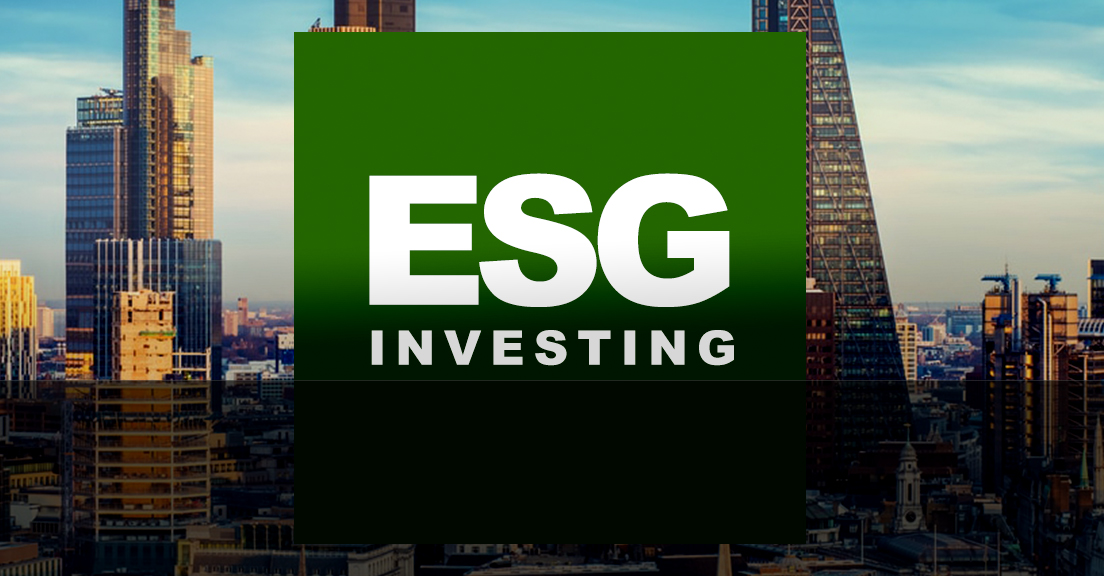What Is an ESG Rating? Motley Fool
Impact Investing Forum 2024
https://impactinvestingconferences.com/
Online Event. Nov 06-07, 2024.
Book Now!
Behind the curtain of ESG ratings Wealth Professional
Do ESG Ratings Get High Marks? WealthManagement.com
Financial Institutions Interactive ESG Dashboard – 3Q21 Fitch Ratings
Strong Boards Score Better On Environmental, Social and Governance The NonProfit Times
An ESG rating measures a company’s exposure to long-term environmental, social, and governance risks. These risks — involving issues such as energy efficiency, worker safety, and board independence — have financial implications. But they are often not highlighted during traditional financial reviews. Investors who use ESG ratings to supplement financial analysis can gain a broader view of a company’s long-term potential.
Here’s a closer look at ESG ratings, including how companies are scored, and how these ratings affect you and your portfolio.
What does an ESG rating mean?
A good ESG rating means a company is managing its environment, social, and governance risks well relative to its peers. A poor ESG rating is the opposite — the company has relatively higher unmanaged exposure to ESG risks.
Image source: Getty Images.
One of the most widely referenced ESG rating systems is the MSCI ESG score. MSCI scores roughly 8,500 companies and more than 680,000 fixed income and equity securities globally, including ESG funds.
The foundation of the MSCI ESG score is a key issues framework that measures risk across 10 categories of environment, social, and governance areas.
Considerations for the environmental score
MSCI’s key environmental issues fall under the categories of climate change, natural capital, pollution and waste, and environmental opportunities.
Climate change issues include:
Carbon emissions
Product carbon footprint
Financing environmental impact
Climate change vulnerability
Natural capital issues are:
Water sourcing
Biodiversity and land use
Raw material sourcing
The pollution and waste category encompasses:
Toxic emissions and waste
Packaging material and waste
Electronic waste
Environmental opportunities are:
Clean technology
Green building
Renewable energy
Considerations for the social score
Social score issues fall into four categories: human capital, product liability, stakeholder opposition, and social opportunities.
Human capital issues are:
How labor is managed
Health and safety practices and protocols
Worker training
Supply chain labor standards
Product liability areas of focus include:
Product safety and quality
Chemical safety
Consumer financial protection
Privacy and data security
Responsible investing
Insuring health and demographic risk
Stakeholder opposition includes:
Controversial sourcing
Community relations
Social opportunities are:
Access to communication
Access to finance
Access to healthcare
Opportunities in nutrition and health
Considerations for the governance score
MSCI breaks governance into two categories: corporate governance and corporate behavior.
Corporate governance includes:
Composition of the board in terms of diversity and independence
Executive compensation
Ownership
Accounting practices
Corporate behavior encompasses:
Business ethics
Tax transparency
How are companies scored?
Key issues are identified by industry. MSCI selects 35 key issues that are most relevant to specific industries. As an example, packaging material and waste is a key issue for the soft drink industry. But this wouldn’t be a factor for industries that don’t physically package their product or service, such as technology infrastructure.
Corporate governance key issues are included for all industries.
Companies are scored on each key issue. MSCI analyzes 80 different exposure metrics and 270 governance metrics to score companies from 0 to 10 on each key issue. A low score means the company is heavily exposed to the issue and is not managing that risk effectively. A high score indicates an aggressive effort to mitigate the risk. An example of risk mitigation for carbon emissions would be Microsoft‘s (NASDAQ:MSFT) goal to become carbon-negative by 2030.
Issues are weighted. MSCI weights key issues according to their timeline and potential impact. Issues that could have a major environmental or social impact within two years have the highest weights. Issues with lesser potential for impact and a timeline of five years or more have the lowest weights. Worker safety in a manufacturing environment, for example, presents an immediate risk with severe financial and legal consequences. That would justify a heavier weighting.
Issue scores and weights are combined. Issue scores and weights are combined to produce an industry-adjusted numerical score from 0 to 10 for the rated company.
MSCI translates the numerical score into an ESG Rating. ESG Ratings range from CCC at the low end to AAA at the high end. As shown in the table below, the ratings are also grouped into three segments: laggard, average, and leader.
Comparative Performance
ESG Rating
Numerical Score
Leader
AAA
8.571-10.000
AA
7.143-8.571
Average
A
5.714-7.143
BBB
4.286-5.714
BB
2.857-4.286
Laggard
B
1.429-2.857
CCC
0.000-1.429
Data source: MSCI.
Laggards have relatively more unmanaged exposure to ESG risk factors than their peers. Average ESG performers may be managing some key ESG issues well and others poorly, or they may be average across the board. Leaders are proactively managing ESG risk and taking advantage of ESG opportunities better than their peers.
ESG score data sources
MSCI uses public data sources to measure ESG exposure. These sources include company 10-Ks, sustainability reports, and proxy reports, plus thousands of monitored media outlets and data sets from governments, regulatory organizations, and NGOs. MSCI also works directly with corporations to validate the information collected.
How do ESG ratings affect investors?
Image source: Getty Images.
ESG investing does not involve picking stocks based on ESG factors alone. Instead, the ESG investor adds an ESG review to the traditional investment process. How you incorporate ESG scores into your decision-making is up to you. For example:
You can use ESG ratings to supplement financial analysis. An ESG review gives you more insight into the risks a company faces going forward.
You can use ESG ratings as a screen. You might feel strongly about investing only in the types of stocks of companies that are good corporate citizens and committed to sustainable business practices. In that case, reviewing ESG ratings would be the first step in your investment process. Any companies that don’t meet your standard would not be candidates for your portfolio.
You can also use ESG ratings for added insight into companies you already own. A negative change in an ESG rating would be a flag for you to dive deeper and find out why.
An ESG rating example
Amazon (NASDAQ:AMZN) has an average MSCI ESG rating of BBB. While Amazon leads in corporate governance and privacy and data security, the e-commerce retailer has an average product carbon footprint and scores poorly in labor management and corporate behavior.
The laggard score in labor management and corporate behavior isn’t surprising if you follow Amazon since the company has had its share of negative headlines in these areas. Complaints of the strained relationship between Amazon and its workers have been surfacing for years. Reports cite issues such as hazardous working conditions, aggressive attempts to block unionization, and repeated mistreatment of pregnant workers.
Amazon has also been accused of price-fixing more than once. In early 2021, a group of retail booksellers filed a class action lawsuit claiming Amazon and major book publishers were manipulating wholesale prices on print books. Two months later, the District of Columbia filed a separate antitrust suit, alleging Amazon prohibited third-party sellers from offering their products at lower prices outside of Amazon’s website. .
Poor treatment of workers and unsavory trade practices may be problematic on principle. But there are also financially relevant outcomes to consider — things such as workforce churn, higher recruitment costs, lawsuits, and loss of reputation.
If you are (or want to be) an Amazon shareholder, the more you know about factors that can affect the retailer’s returns, the better decisions you will make.
ESG ratings for more informed investing decisions
The best ESG stocks in 2021 and beyond are companies that have sustainable business practices and deliver outstanding financial returns. You don’t have to be committed to sustainability to value the role ESG review plays in the investment process. At the end of the day, ESG scores help you find lower-risk, higher-return stocks — and that’s an outcome most investors, from hedge fund managers to retirement savers, can appreciate.
Feedzy


